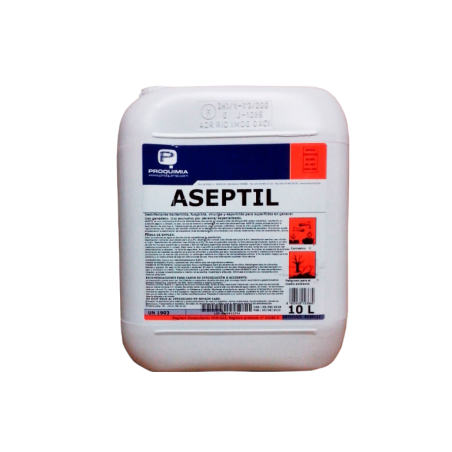The trial objective was to compare the performance and animal health parameters of pigs raised according to one of 3 antibiotic (AB) protocols: standard AB medication consisting of mass treatment on days 4 and 21 and judicious AB therapy given therapeutically thereafter as group medication in water and feed or by individual injection (group T1, N = 702); modified AB medication identical to group T1 but with mass treatment only on day 4 and without subsequent therapeutic feed medication (group T2, N = 675); or an antibiotic-free (ABF) regimen (group T3, N = 702).
All pigs were vaccinated with a modified-live porcine reproductive and respiratory syndrome virus (PRRSV) vaccine 3 days after weaning. Using a seeder pig model to mimic endemic field infection dynamics, pigs were contact-challenged with virulent PRRSV lineage 1 strain 174 four weeks after vaccination.

At finishing, average daily gain (ADG) and mean feed conversion ratio (FCR) were significantly better for the T1 and T2 groups compared to the T3 group. There were no significant differences in postweaning ADG and FCR between the T1 and T2 groups. Mortality and removals significantly favored the T1 and T2 groups (20.94% and 24.89%, respectively) versus the T3 group (57.98%). Net revenue per pig was $105.43, $98.79, and $33.81 for the T1, T2 and T3 groups, respectively.
Under the conditions of this study, these results indicate that in a PRRSV-endemic setting involving bacterial co-infections, an ABF production strategy may leave pigs at considerable risk of exposure to severe clinical disease and that judicious use of antibiotics can significantly improve animal health.
Dee S, Guzman JE, Hanson D, Garbes N, Morrison R, Amodie D, et al. (2018) A randomized controlled trial to evaluate performance of pigs raised in antibiotic-free or conventional production systems following challenge with porcine reproductive and respiratory syndrome virus. PLoS ONE 13(12): e0208430.








